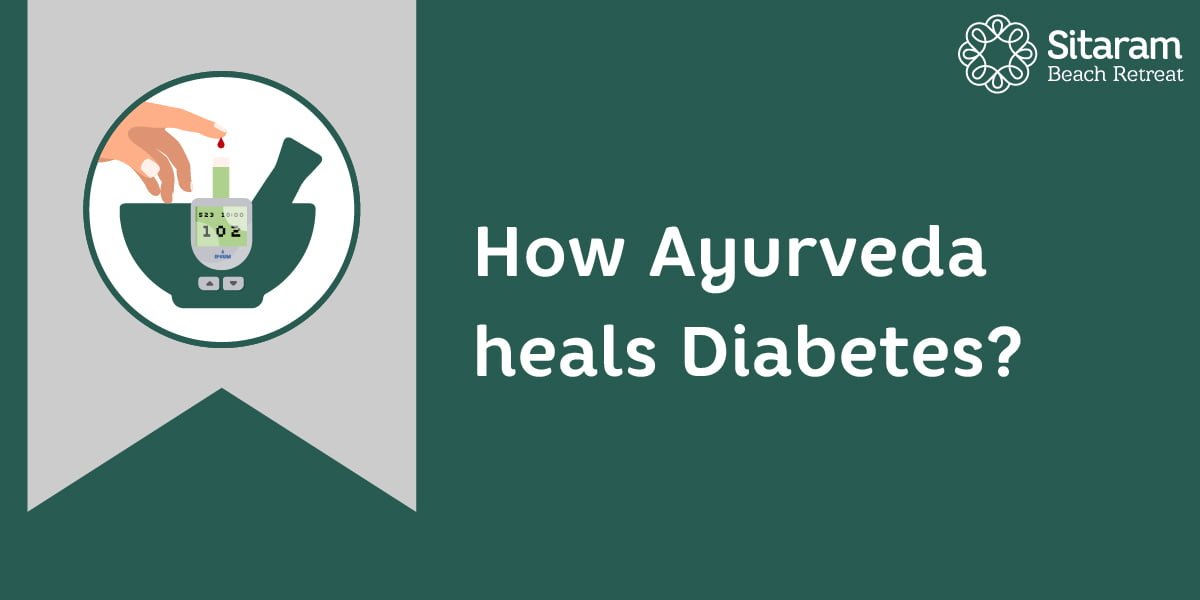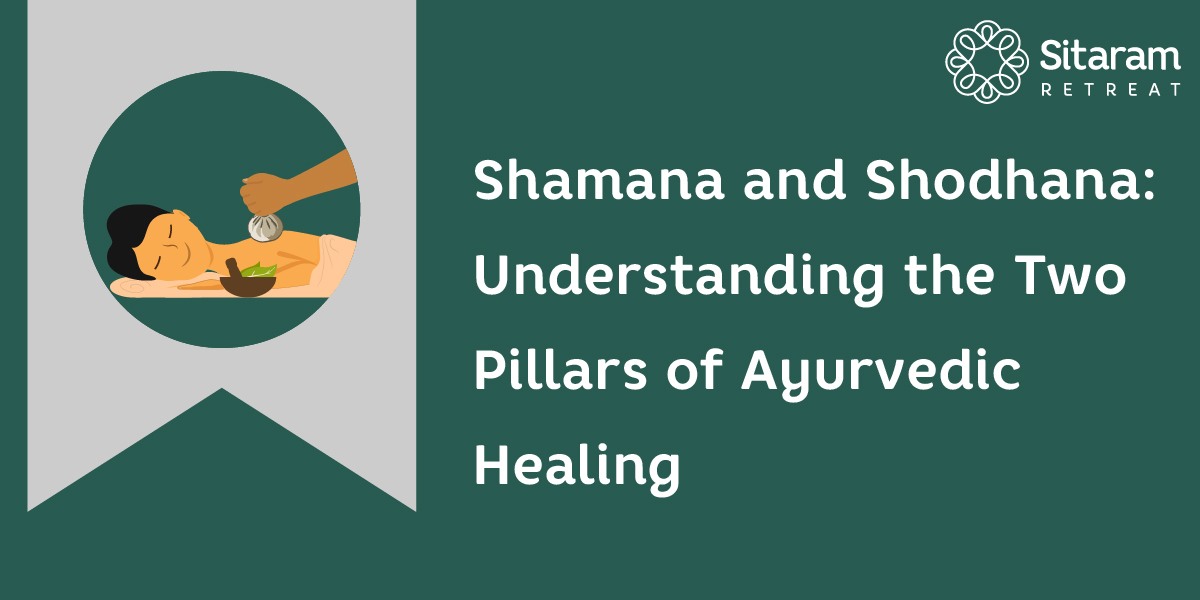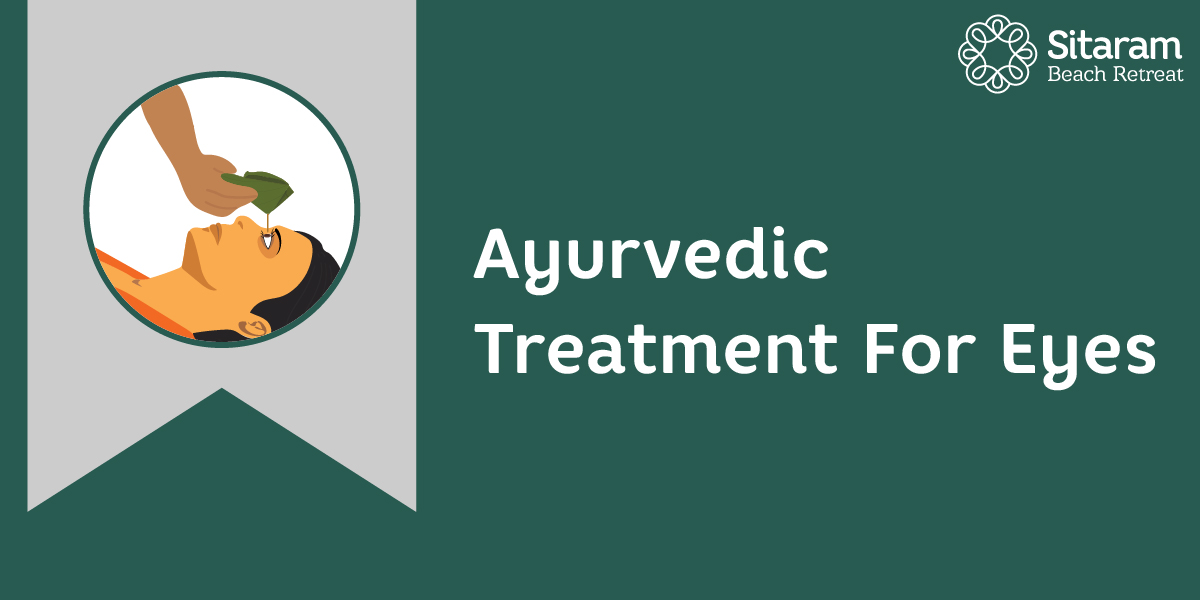How Ayurveda Heals Diabetes?
By Vignesh Devraj

Are you tired of continually monitoring the number of carbohydrates you eat each day? or experiencing excruciating low blood sugar levels? Tired of repeatedly injecting yourself with insulin?
You stroll through the aisle to find ‘sugar-free’ products?
Do you have a constant hankering to indulge in your favorite dessert? When your blood sugar is low, do you find that your own behavior becomes agitated? Or seriously impairing when you contrast your body weight with someone else’s?
Fret not, Sitaram’s reservoir of products is here to render you a healthy well-being that helps you to dispose of the former worries!
Diabetes (Prameha)- An Ayurvedic viewpoint.
There are twenty forms of Prameha, according to Ayurveda, of which four can arise from vata, six from pitta, and ten from kapha. A form of Prameha known as Madhumeha is distinguished by its sweet urine and association with diabetes.
In Ayurveda, there are primarily two forms of Prameha:
- Avarana
- Dhatukshaya
- According to Ayurveda, Avarana develops when channels are blocked. Kapha dosha vitiates and continues to be a source of the obstruction- leading to adult onset diabetes
Dhatukshaya, on the other hand, alludes to the body’s tissues becoming depleted. Juvenile diabetes may result from this.
Signs and symptoms of Diabetes –
The most prevalent signs of both type 1 and type 2 diabetes include:
Type 1 diabetes.
Type 1 diabetes is characterized by the pancreas’ inability to produce enough insulin. It is an autoimmune disease in which the body attacks itself and kills the beta cells found in the pancreas, which prevents insulin production.
• Type 1 affects just approximately 8% of people; those over 40 are more likely to be impacted, with children playing a significant role (juvenile diabetes).
• The symptoms are not masked.
• External insulin supply is spent on further managing blood sugar levels.
• Making lifestyle adjustments won’t prove fruitful with this type.
, TYPE 2 Diabetes
• The pancreas only secretes a small amount of insulin, or the insulin that is released may be dysfunctional, which raises blood sugar levels.
90% of people have type 11, and a majority of them are over 40.
• Age, obesity, inherited genes, ethnicity, and poor lifestyle contributes to this type.
Symptoms are often masked.
Diabetes frequently makes other diseases’ symptoms appear normal. Diabetes patients may also experience problems with their heart or kidneys, among other health issues. They might not experience the symptoms, though, because of their diabetes. The reason for this is high blood sugar levels. Due to high levels of diabetes, there are many incidences of people having minor heart attacks that go unnoticed. Therefore, it’s crucial to maintain healthy blood sugar levels.
What do “blood sugar” and “insulin” actually mean?
Let’s examine.
Glucose levels
The main sugar and source of energy in our bodies, also known as blood sugar or glucose, comes from the food we eat. Blood sugar is also known as glucose. All cells need glucose through the blood to transport and use energy!
Our body organs, muscles, and neurological system are abundantly nourished by glucose.
The body controls blood sugar levels through a complex mechanism that includes the pancreas and liver, two main glands.
After consuming carbs, glucose enters the bloodstream, alerting the endocrine system, which then controls the blood glucose level with the help of a hormone generated by the pancreas.
By stockpiling the supplies needed for the brain, red blood cells, and kidneys and producing ketones for ketogenesis (the breakdown of ketones into fat) for the later part of the body, the liver manages to deal with the lack of blood sugar.
Insulin
As was previously mentioned, the hormone insulin is secreted by the pancreas to regulate the body’s blood sugar level at any given time. In addition to helping to coordinate our body’s metabolism of carbohydrates, insulin successfully assists in the storage of glucose in the liver, fat, and muscles.
Ayurveda for dia-beat-is!
The holistic approach used by Ayurveda can help treat diabetes and the majority of health issues. A multifaceted strategy is recommended by Ayurveda. The management procedure consists of:
Ayurvedic herbal remedies
- Numerous therapies support the body’s rejuvenating detox process. In extreme cases of diabetes, this is beneficial.
- Diabetes can be managed with dietary adjustments and alterations of lifestyle.
- In addition, it’s imperative to lead a healthy lifestyle, building a regular exercise regimen for that. starting a gym, eating healthier, and including bitter fruits in your diet. For instance, astringent fruits and vegetables like bitter gourd, and others can assist in controlling blood sugar levels.
- Fruits that can be consumed include berries, pomegranates, and apples.
- Wheat and rice are bulky and challenging to digest. You can consume light grains like millet and corn.
- Since spices are beneficial for Kapha Dosha, they should be utilized when cooking. The diet proves beneficial if it contains pepper, mustard, garlic, and ginger. Digestion is helped by drinking ginger tea. But salt ought to be avoided or used sparingly.
- Any type of meat should be avoided, according to Ayurveda, as they may cause more inflammation.
- Bitter foods are beneficial for controlling diabetes. Bitter gourd is a crucial food that belongs in everyone’s diet. Another essential spice that belongs in the diet is turmeric.
- Fried foods, tuber vegetables, fizzy drinks, and fruits including bananas, mangos, custard apples, and dates should all be avoided. Avoid eating wine, sugarcane products, and cakes.
Protocol for Juvenile diabetes.
Juvenile Diabetes Mellitus: Those with this condition must take insulin. Even with insulin, a person can still remain constantly weak and prone to illness. In these circumstances, combining insulin with Ayurvedic therapies is the best course of action (especially to prevent complications). Two herbs that are frequently utilised under these circumstances are bhumiamalaki and guduchi, together with a restricted diet high in bitter and astringent foods.
If tissue depletion (Dhatukshaya) is found, only minimal doses of nutritious meals are administered.
Before considering further treatment options, Ama must be addressed if an autoimmune factor is present.
Let’s also take a look at some simple home remedies-
Cinnamon
Cinnamon is a naturally occurring bioactive spice that can support blood sugar regulation. Consuming it is straightforward. Simply stir in half a teaspoon of freshly ground cinnamon to a glass of water, then take a slow sip. This can be done once every day
Buttermilk with Aloe Vera
Aloe vera may be beneficial for keeping blood sugar levels low.
Fenugreek Seeds
Most Indian kitchens have access to fenugreek seeds with ease. Blood sugar levels can be lowered by soaking two tablespoons of fenugreek seeds in water at night and drinking the mixture the next morning.
Let’s live life sweetly with Ayurveda’s companionship!
Ayurveda transcends its way through modern life, which is hell-bent on worrying about everything but oneself. If properly utilized, along with its comprehensive lifestyle, Ayurveda can ward off any diseases!
Make Ayurveda the ideal partner for your sweet life by simply correcting bad diet habits and lifestyle choices as this is how Ayurveda works most of the time.


 retreat@sitaramayurveda.com
retreat@sitaramayurveda.com +91 813 8888 912
+91 813 8888 912





